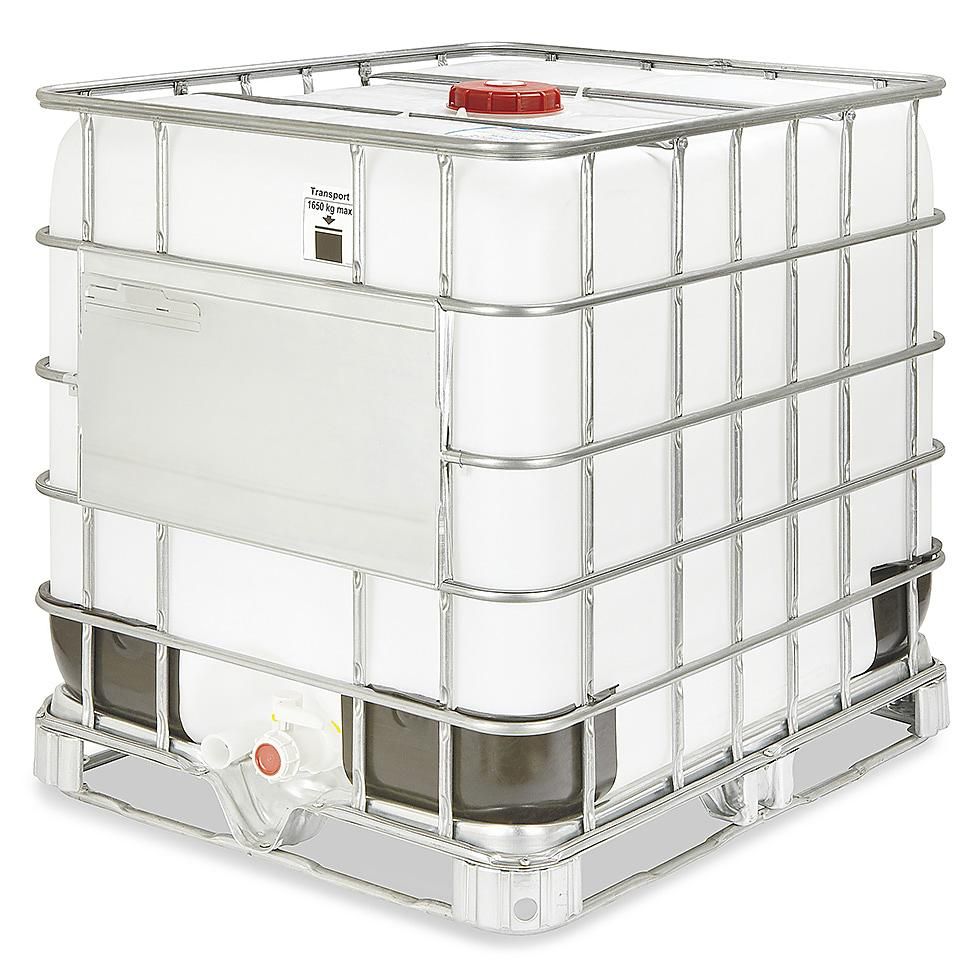Deep watering-- which suggests keeping the soil moist to a deepness that includes all roots-- can help quicken origin establishment. Sadly, there is no magic dish for tree watering. Variables such as soil type, climate patterns and also the age of trees all affect how much watering should be done. Tree watering is an essential part of tree care, but it is emergency water supply near me challenging to suggest a specific amount due to the range of climates.
How can you tell if a newly planted tree has enough water?
To determine if the plant needs more water, dig in the soil with a screwdriver to feel how moist the earth is. If it's dry, then it's time to water; if it feels damp, hold off on watering for a couple of days.
There can be as long as 400x more root growth under mulch compared to under bluegrass. Mulch helps maintain wetness and modest soil temperature amongst a host of other advantages.
Have A Look At Our Instagram Web Page!
Watering a tree that does not have great drainage can cause the tree to asphyxiate or get a condition. Over watering can likewise create the salinity issues as a result of increased salt material in the soil. When water is applied to dirt around a tree, the roots absorb some of the water leaving the rest to vaporize. This water loss is called evapotranspiration as well as is measured as a rate. Trees living in greatly urbanized areas commonly have higher ET rates than trees residing in suburbs.

How do I know if my tree needs water?
A properly-watered tree should have cool, moist soil. If the soil isn't sandy or drenched, try to roll it into a ball. Your tree will need more water if it crumbles. If the soil is sopping wet, your tree might be getting too much water.
Weather conditions will determine if you require to water essentially than this. Once again, check the dirt by excavating down a few inches and inspecting its dampness. If the dirt sphere you simply made will certainly not collapse when scrubed, you either have clay dirt or dirt that is as well damp to collapse.
Yard Armor
Transpiration raises massive quantities of water versus gravity to the tops of trees. Water actions from the leaves into the atmosphere as an air-cooling vapor through small openings called stomata discovered largely on the bottom surface of fallen leaves. The very best way is to reduce the sprouts down as reduced as you can. Prune and also get rid of the shoots as you see them grow to aid keep it manageable. Here is a wonderful post from Davey Tree Specialists with even more information on exactly how to handle suckers.
- If you sprinkle your tree during this time around, you risk losing the water to dissipation.
- Allow the water leak out and then refill for the estimated 10 gallons.
- Origin spread will proceed in actively growing trees up until roots hit some sort of obstacle to development (smooth roadways, sidewalks, highly compressed dirt, reduced oxygen levels, etc.).
- It is meant for Tree Facility just, when the only roots available to absorb wetness are in the root sphere, and also later on, within the planting website.
- Rain leaders, or scuppers, can be guided towards tree trunks or below ground right into the tree soil mass.
Bubblers are hose-end tools that decrease the speed of the water, so it soaks in instead of running off. Due to the fact that it waters one area at once, you'll need to relocate the bubbler around. The Landscape Snip-n-Drip Soaker System is an easy and efficient way to water trees.
This would certainly be a standard modification for watering trees as well as taking care of stormwater worth billions of dollars, and billions of gallons of water, nationwide. If you're sprinkling trees in dry spell conditions or a location with water constraints, such as The golden state, you'll be grateful this strategy uses much less water. Plus, deep watering is the way to go if you wish to minimize your expensive water expense. Water 3 feet (0.91 m) outside the drip line for well-known trees. Sprinkling a tree within the drip line is an excellent rule of thumb, but once a tree ends up being well established, its origins may extend past the drip line. Plan on watering about 3 feet (0.91 m) past the drip line to ensure that the origins are equally saturated. It can take numerous years for a transplanted tree to re-establish its origin system.
How much water does a plant need per day?
This is a little more than 1 tablespoon per day. Water use was not constant during the study; small plants used 1 tablespoon per day, while large plants used slightly less than 2 tablespoons per day. Overall, there was a good correlation between plant growth and the amount of water applied.
GFS Services Ltd
40168 Talbot Line St ThomasON N5P 3T2 Canada
519-633-1391